ProView – DPS Phantom 2.0
I first heard about DPS Phantom Base Treatment when one of the main engineers in creating Phantom came out to tell a group of splitboard testers about the new treatment. Following, although barely, through the loads of chemistry, engineering, and testing behind its development, I was pretty convinced that it would work to some extent, but how well? Considering that I actually enjoy waxing I brushed it off as something that I would hear more about, but probably wasn’t for me.
DPS Phantom 2.0
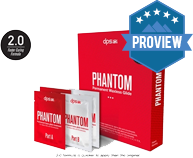
Product Description: PHANTOM is a permanent, one-time application, waxless base treatment that forever eliminates the need for waxing skis and snowboards. PHANTOM’s patent-pending polymer technology offers ultimate convenience combined with great glide performance that never wanes across all snow temperatures, and for the life of a ski or snowboard’s use.
Offer price: $100 MSRP
-
Application/Curing
(4)
-
Performance
(4)
-
Practicality
(5)
-
Environmental Friendliness
(5)
Summary
DPS Phantom makes sense for all except those racing at the highest levels. Given that it will cost less in the long term and keep you going faster longer than with a standard tune, it makes sense from an economic and performance POV. That paired with its reduced environmental impacts makes Phantom a winner in my books.
Overall
4.5Pros
- Permanence
- Practicality for most people
- Price point
- Speed (once you’re going)
- Increases the strength of the base
Cons
- Initial friction
- Cure Stations can be hard to access which could make home treatment the only option
- Home treatment is a hassle and still requires a base grind
I grew up racing boardercross and loved my pre-race rituals. After an edge tune and base clean I’d research the forecast and head out to the garage. When I could see whisps of steam and smell the melting wax I’d make a careful choice as to which wax would have the least friction in the following day’s snow. Sliding the iron in smoothly across the p-tex was a peaceful time to think about my upcoming race. Then, right before the race I’d cork in an antistatic overlay meant to give me an extra ounce of speed in the first 50 yards to get a holeshot.
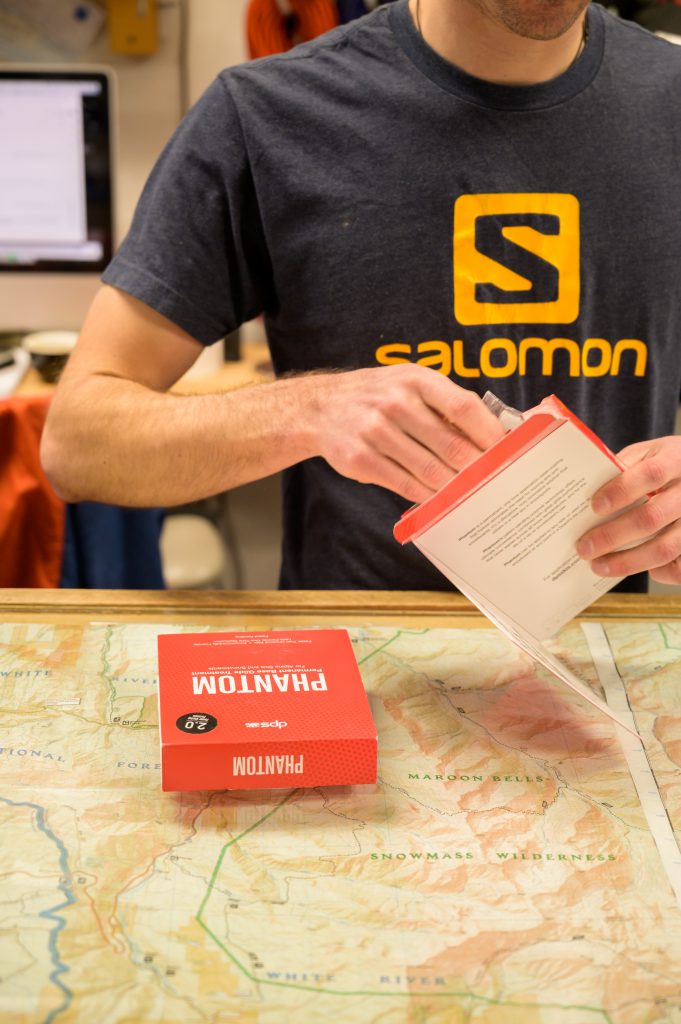
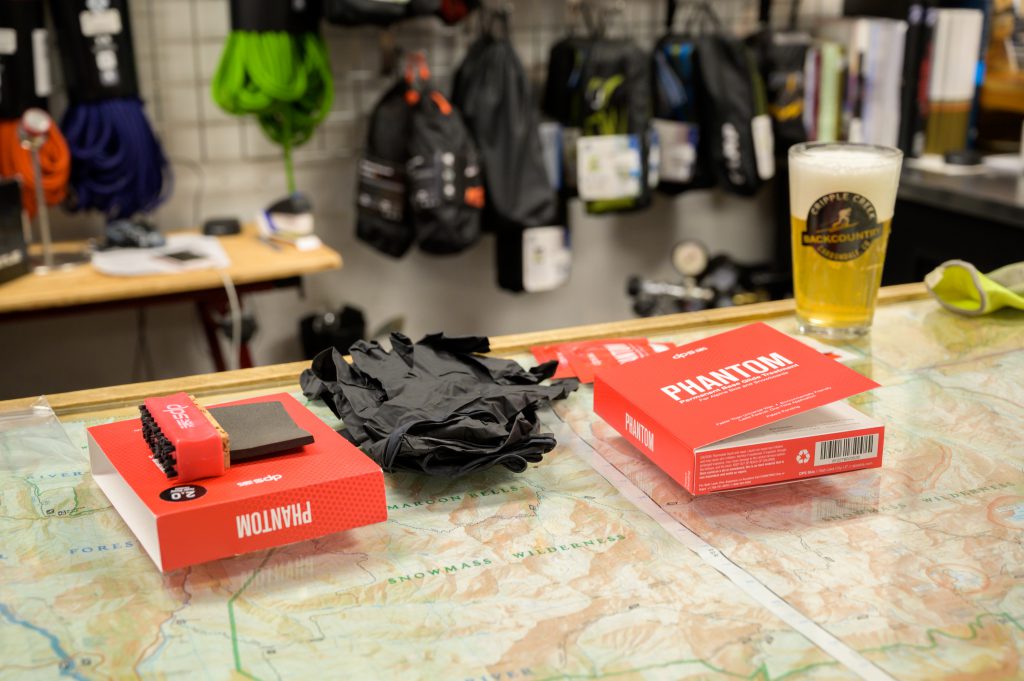
Since my race days, my waxing routine has mellowed out a bit; I use an all temp training wax every few weeks and rarely scrape. I still beat most of my friends down the mountain and even as a snowboarder I cruise by people on catwalks. For many people waxing every few weeks is a lot of time though and they’re lucky to get in a tune or two a season. I was eager to see how Phantom performed, and if it would be good enough to replace the speed of wax, convince me to give up my beloved tradition, and if it’s permanence would offer a solution for those less likely to regularly wax.
Application
Having heard the home application instructions in my original introduction to Phantom, I knew I would never even consider going that route. Too tedious, too timely, and too dependent on minimizing environmental factors to risk messing up the $99 treatment, let alone the simplicity of the alternate of using a cure station.
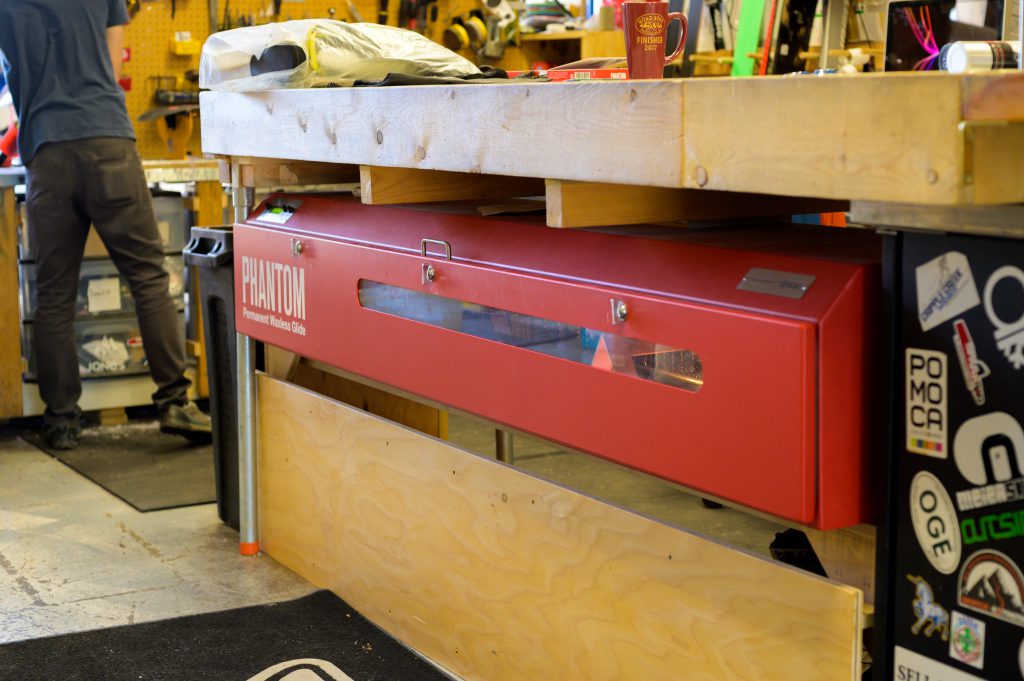
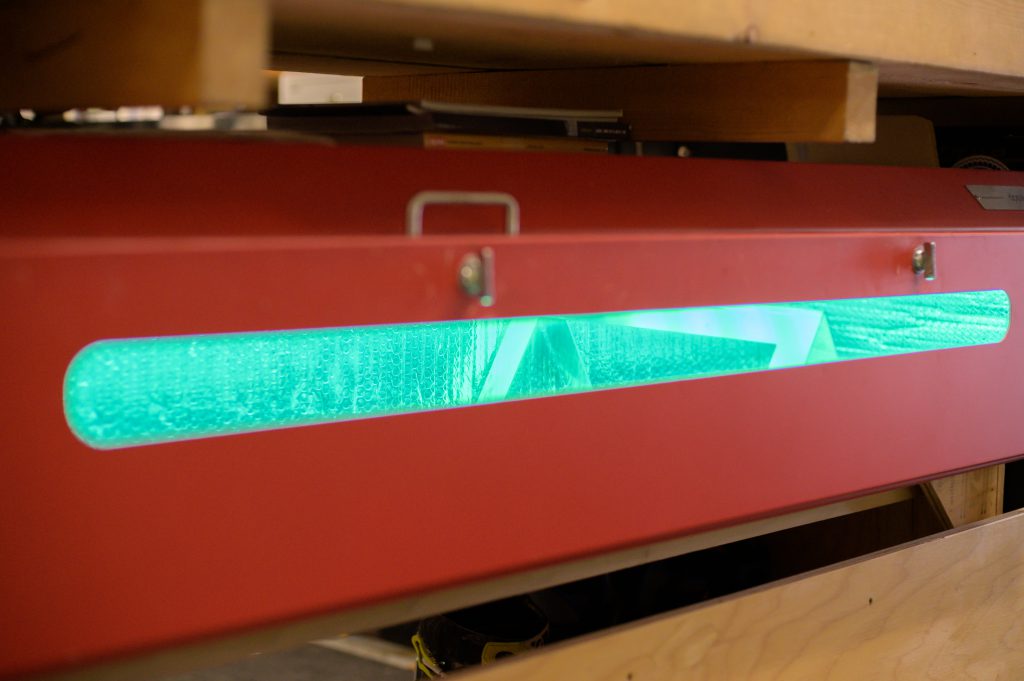
I opted to get Phantom applied at Cripple Creek Backcountry in Carbondale, Colorado. They have had a curing station for quite a while and they serve most of the backcountry riders in the Roaring Fork Valley. Right before I got Phantom permanently baked into the core of my board I had a pit in my stomach; what if I don’t like this stuff and there’s no going back, I thought? Or what if I do and I give up waxing forever? Well, the staff at Cripple Creek had done quite a few applications and had mostly heard positive things from customers, so I got my board into their hands before I had the chance to change my mind. They gave my board a base grind, an important step for home or curing bed application, wiped Part A solution on, and off my board went into the UV oven. I settled down to have a beer, hope for the best, and ask the Cripple Creek staff about everything they knew about Phantom. Here’s the beta I got from them:
- It definitely has higher friction until you get moving
- You can still wax over Phantom if you need race performance. This will make it go faster than Phantom alone should you need that kind of speed
- It hardens the base enough that rocks will do significantly less damage
- All you need to refresh it is a base grind, but you shouldn’t need to refresh it more than 1x a year at the absolute most
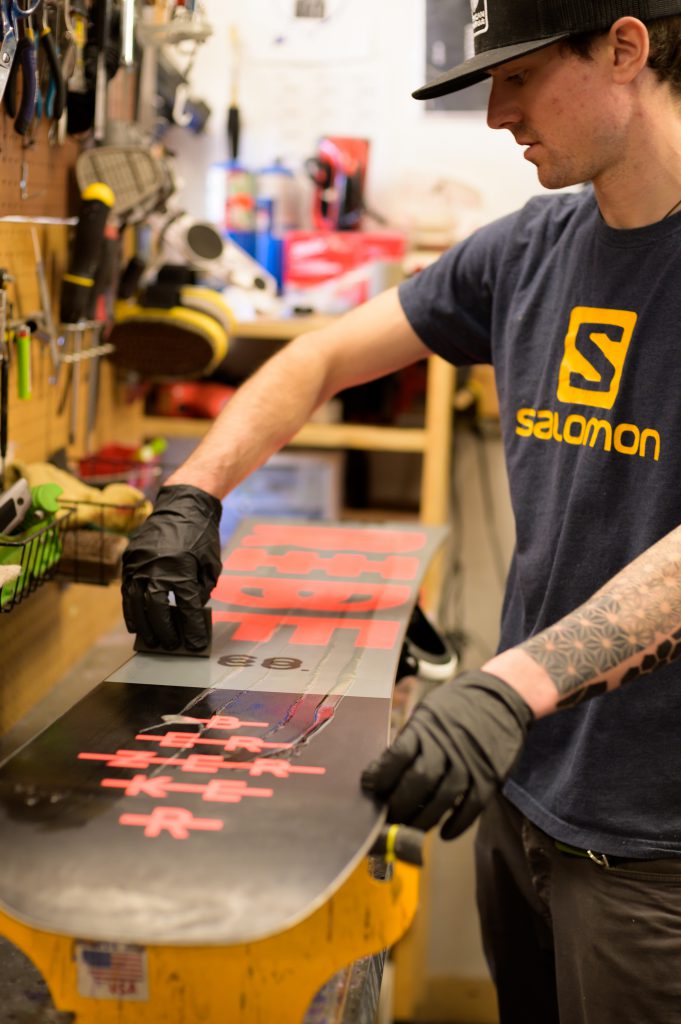
Forty-five minutes later they pulled my board out of the curing station, buffed it out with a drill brush, applied Part B solution, and put it back in to bake. During the second bake session, I asked them more about home application, which they had started out doing. They would set up a tent to prevent wind and particles from blowing into the base and leave it outside to bake under the O.G. UV oven- the sun. However, if wind picked up it would blow tiny debris into the unsolidified solution. These can be tediously removed, but sometimes the wind blew everything over, or the clouds rolled in and they had to wait even longer, and the list of woes went on…
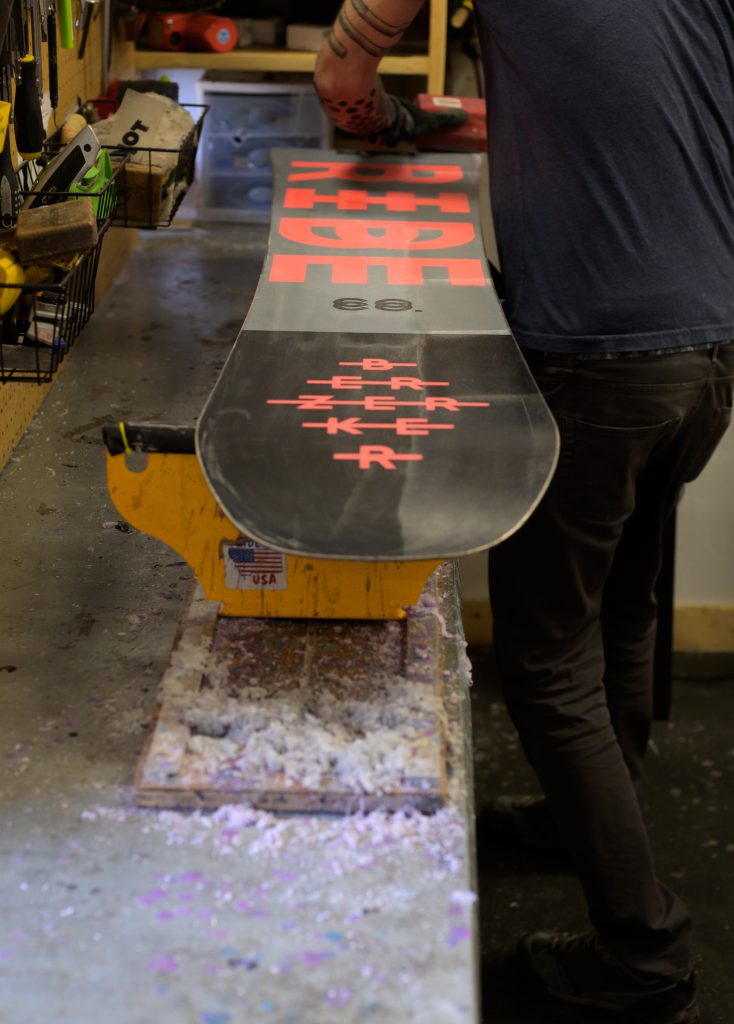
My initial suspicion of home treatment was confirmed; it’s just a pain in the butt. Since it’s highly recommended to get a base grind (over just using base cleaner) for maximum absorption, you’ll already be at a shop and spending money. If that’s the case, hopefully they have access to a cure station and if you buy Phantom from them they often won’t charge for the application. My vote definitely goes to shop application in a curing bed.
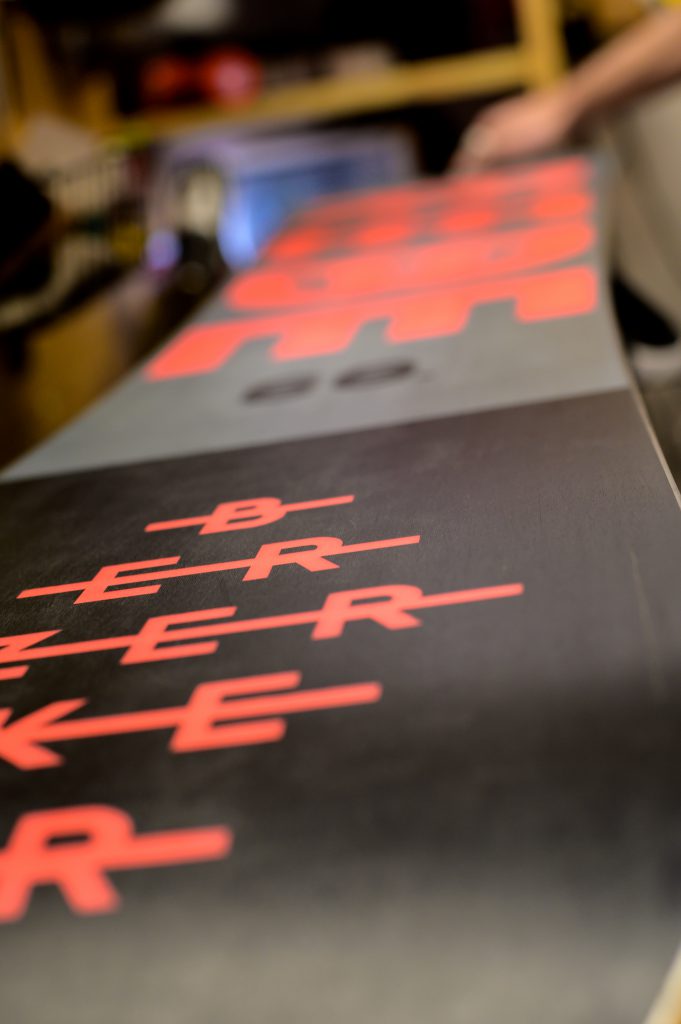
Another 45 minutes later and a final buff out and my board was ready to go. Interestingly, the base had a little bit of the same opaque dry look of a board that needs wax. However, the staff reassured me that that was what it looked like post-treatment, splashing a few droplets of water on the base to show how well it beaded and slid. The last thing they told me was to give it a few days of riding to get full performance.
Note: Including the base grind, the whole application process took about two hours. However, DPS has made a single solution Phantom available at shops now that is only about 45 minutes in total.
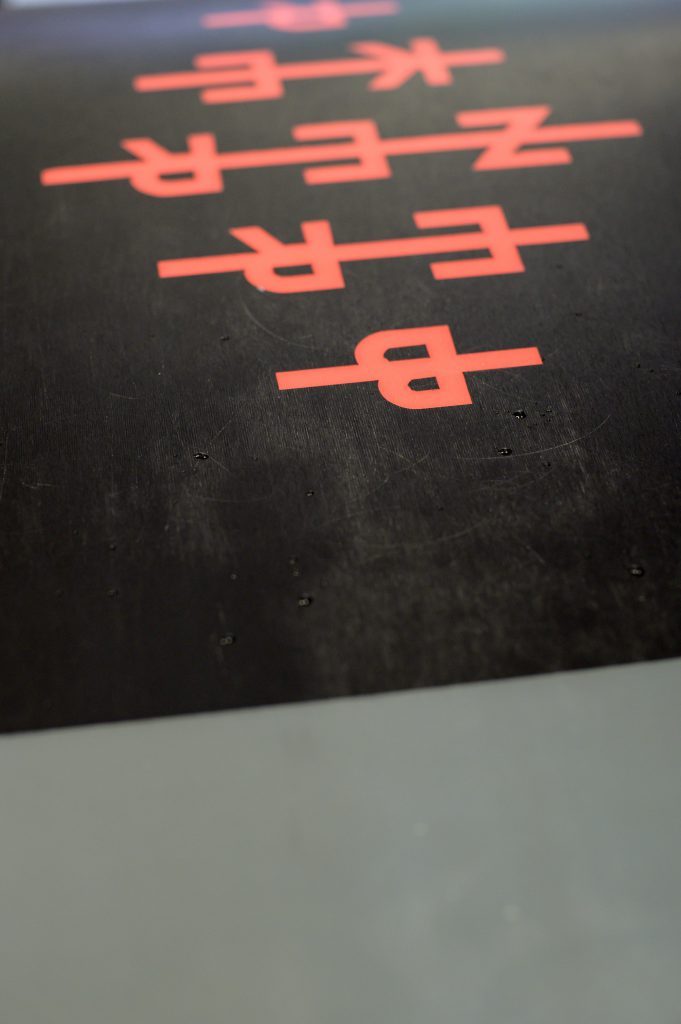
Performance
The following day was filld with warm Colorado sunshine and classic wet spring snow that turned more cream cheesey the lower you got. At the top, anticipation weighed down on me and the moment of truth finally came- had I just ruined my base? The simple answer: no, it slides. It slid quite well actually. I had been warned about the initial friction I would feel which was definitely there. If scooching or shuffling to get started you will feel a bit more friction than you may be used to; however, once you get going, even at a slow speed, that friction dissipates feeling like a fresh wax. Actually, it was better than any fresh wax job I’d done on my board recently, given that I stopped thoroughly scraping years ago. If Phantom really does take a few days to get worn in and perform at its highest, I’d be impressed because from the get-go I was cruising. The upper mountain was hardpack icey old snow and here Phantom effortlessly repelled any grab the low-water-content snow had.
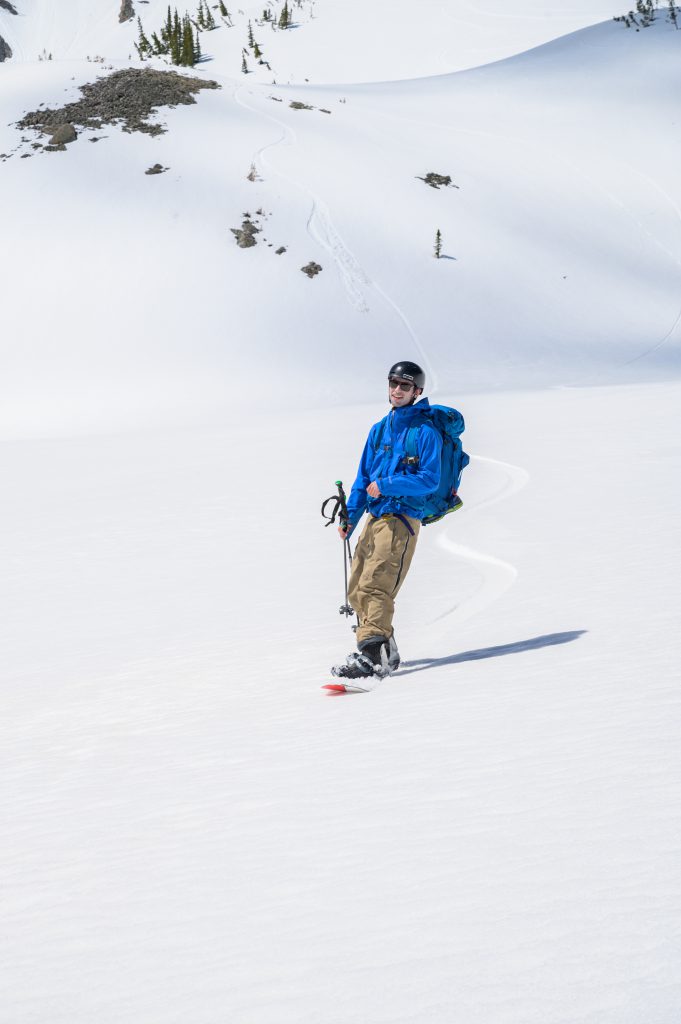
Towards the bottom of the run I knew there was slush and cream cheese to come. To my surprise, the Phantom seemed to glide even faster on the water-rich snow than the old hardpack. I’m guessing that the freeze-thaw snow crystals at the bottom are faceted, but larger corn-like snow that had a harder time grabbing at the now mostly sealed pores in the base and that up higher the more granulated smaller crystals could get a little more grab in smaller creases in the base.
While you can’t quote me on my reasoning, you can definitely quote me on it’s performance. Over the rest of the season Phantom proved to be reliably fast, but not as fast as a fresh, high-quality wax with a good scrape would be. However, while the wax may be faster, it will wear off in one to two weeks tops while phantom will stay relatively fast all the time. Plus, if Phantom were to ever start feeling sticky you could get a base grind and have it renewed.
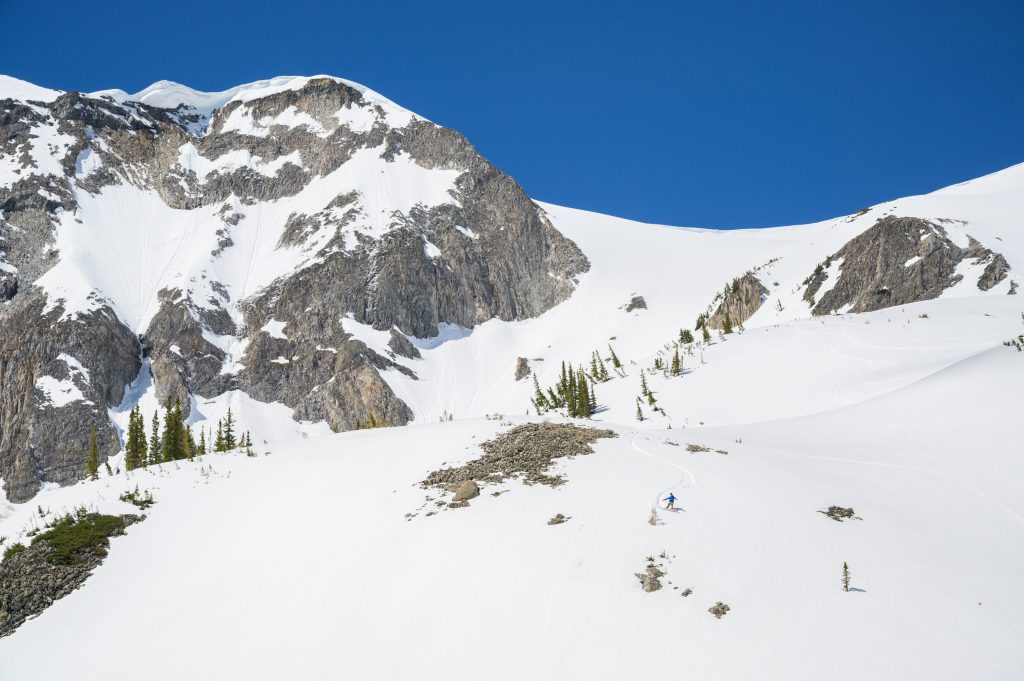
Further Testing
Given I applied it in March, I did not get to test Phantom in fresh, dry snow. I would like to test how it performs in early and mid winter Colorado conditions. I also did not get to test how much stronger Phantom makes the base when it comes to hitting particularly rugged rocks, but it has to be better than without.
Environmental Impact
Traditional Hot Wax vs Phantom
There has been debate about whether or not traditional waxes, which have ingredients such as hydrocarbons (by-product of crude oil), paraffins (by-product of crude oil), and fluoros are harmful to the environment and our bodies. Wax does rub off into the snow, which then melts into the ground or runs off into rivers. Studies have shown that these ingredients do not break down well and that flouros can be espeiclaly harmful to the human body. Meanwhile, papers like this one, published by Dominator Waxes (my longtime favorite brand) argue the impacts are negligible.While research like this paper by Dominator suggest they are negligible, Phantom is supposedly more environmentally friendly and with the exception of top-level race wax, it also performs nearly as well as most wax so might as well play it safe and give the environment a break where we can. Below is a diagram showing Phantom’s environmental and performance benefits in comparison to different types of wax.
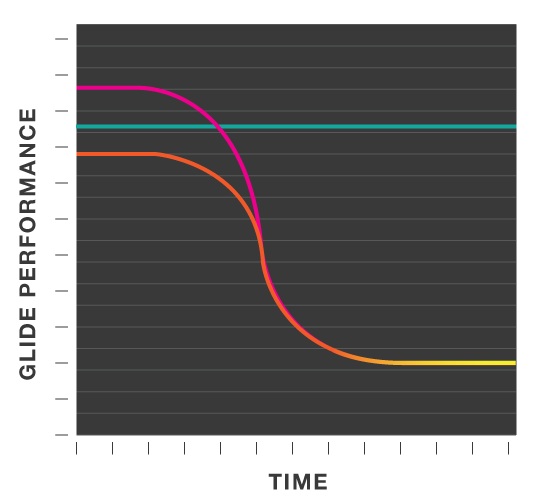
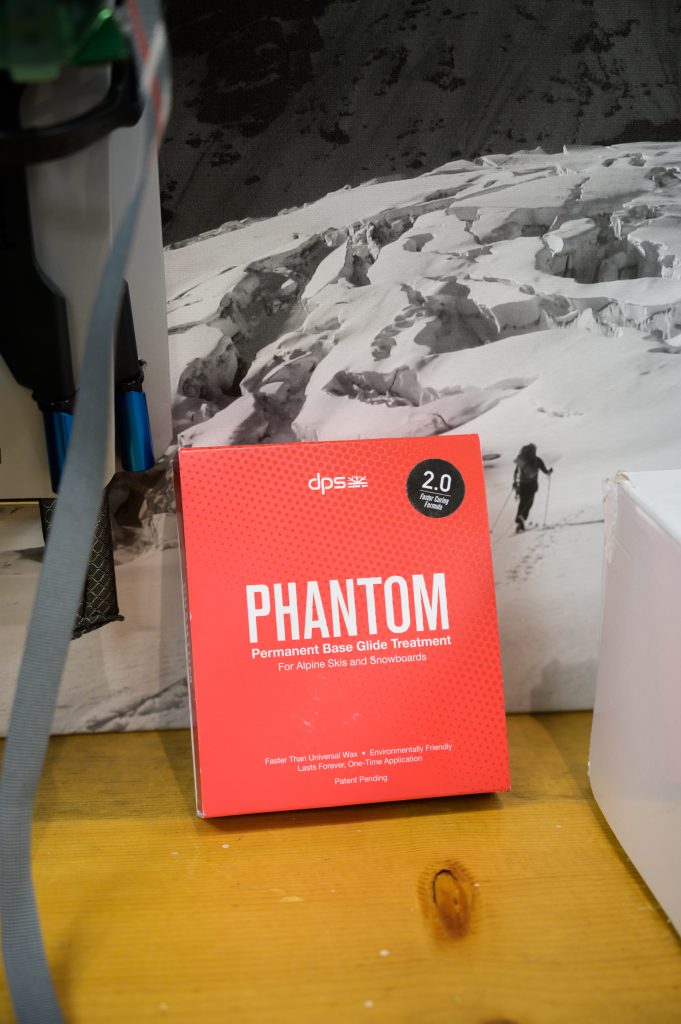
Cost Effectiveness
Most people, even some of the best riders I know, do not regularly wax their board on their own or regularly get it tuned at a shop. I’d say the average person gets a good hot wax 1-2x per year. At a shop like Cripple Creek a basic tune (edge debur, base clean, hot wax) costs ~$40. So, if the average person is getting 1-2x basic tunes per season, that’s $40-$80. Then you should get a summer tune to keep your base from drying out over the summer, another $40. That’s $80-$120 annually if you’re taking barely decent care of your gear.
If you’re getting Phantom applied, it’s $99 for the Phantom itself, $30 for the base grind, and a lifetime of speed all for $129. Maybe you need to spend a little more and get an additional base grind every other year or so. But, all in all, Phantom will keep the average person going faster than they would otherwise at a lower long term cost. You will also save time in not having to wait for a shop to get through their tuning during the busy season.
The Final Word
DPS Phantom makes sense for all except those racing at the highest levels. Given that it will cost less in the long term and keep you going faster longer than with a standard tune, it makes sense from an economic and performance POV. That paired with its reduced environmental impacts, makes Phantom a winner in my books.
So, am I converted? In all honesty, if wax didn’t have a potential negative environmental impact, I’d probably stick with it. The nostalgic feelings of race days and the meditative time that waxing gives me is something that I have always enjoyed. However, I don’t have a serious need for that extra ounce of speed anymore and given the state of our planet, I think every effort to minimize pollution should be taken.
I might have to sneak in a wax every now and then for good ol’ times sake, but for me and the other 99% of people out there, Phantom is a great alternative to wax and has the added benefit of being permanent at a lower long-term cost.
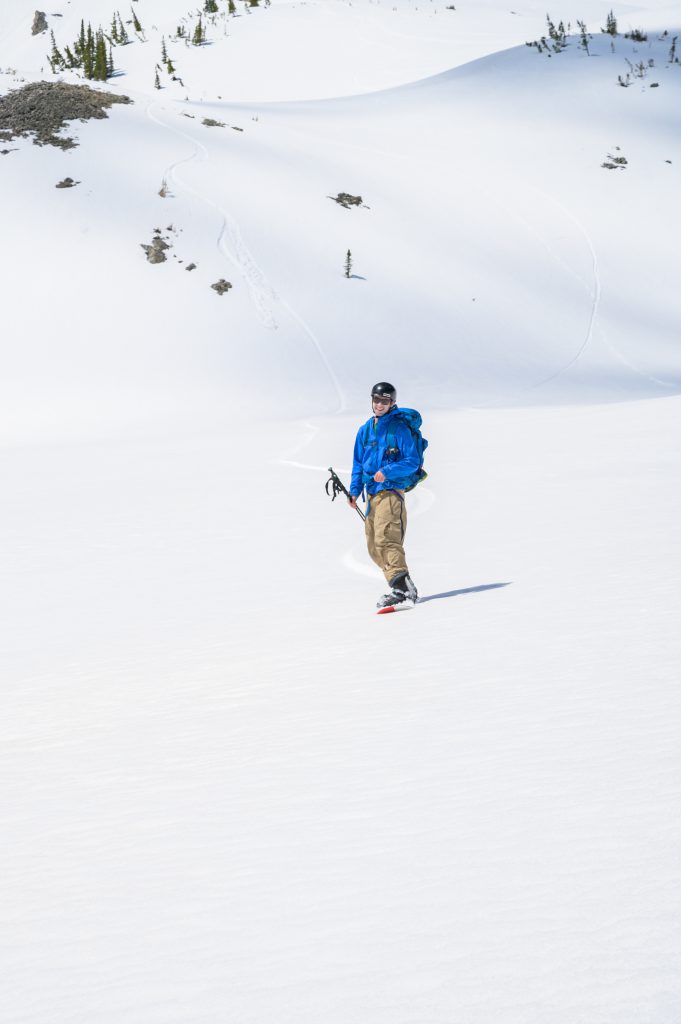
Shop DPS Phantom 2.0 on Outdoor Prolink. Not a member? Apply today!
About the Gear Tester
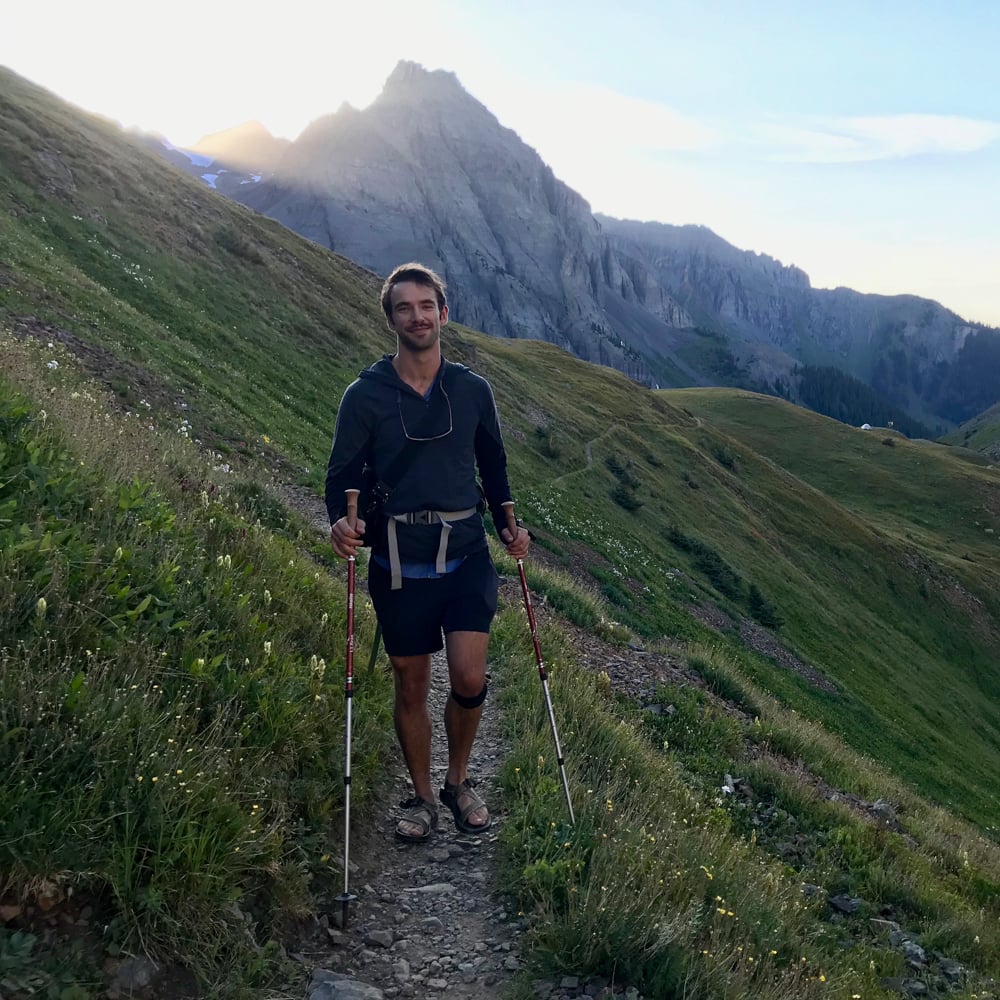


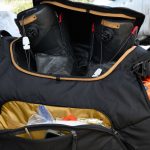
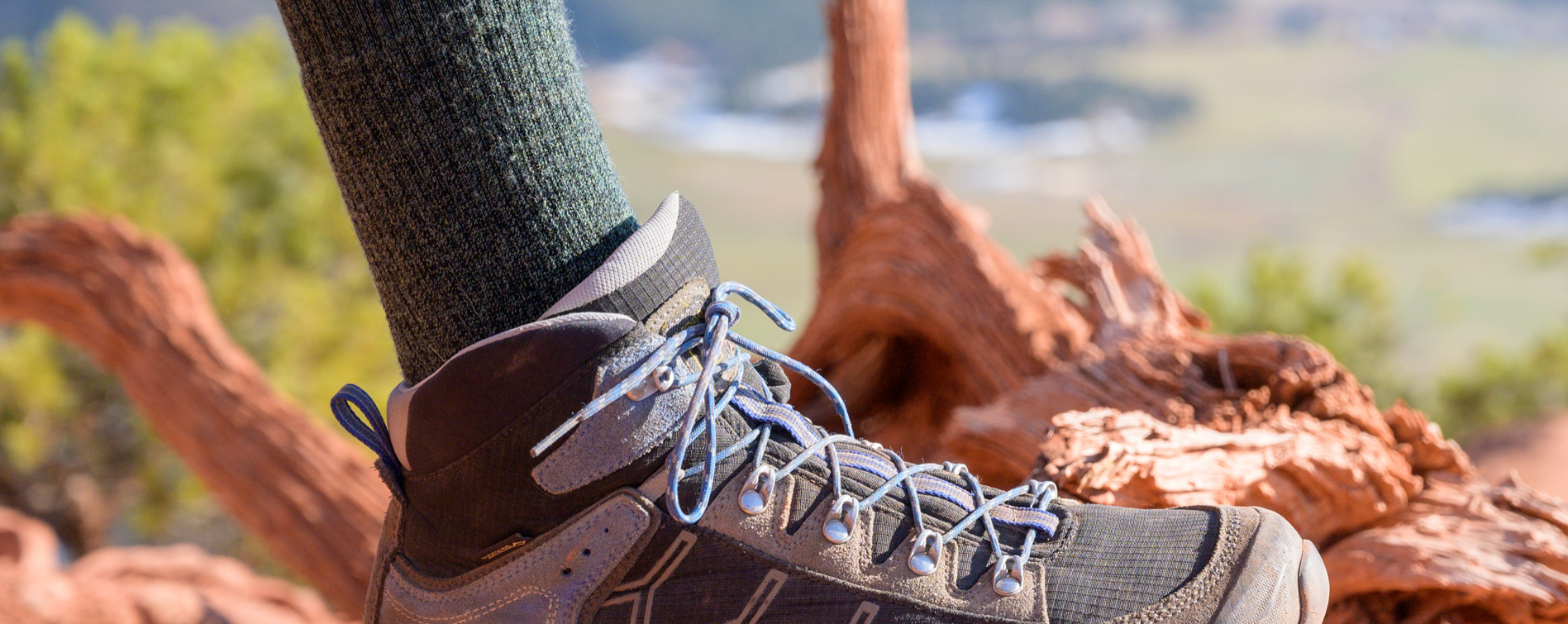
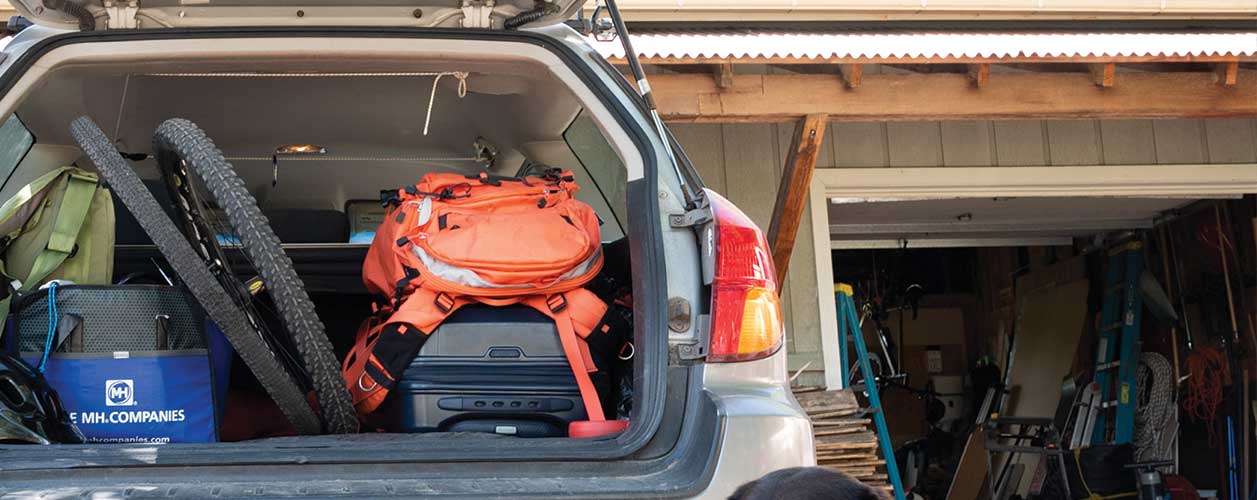
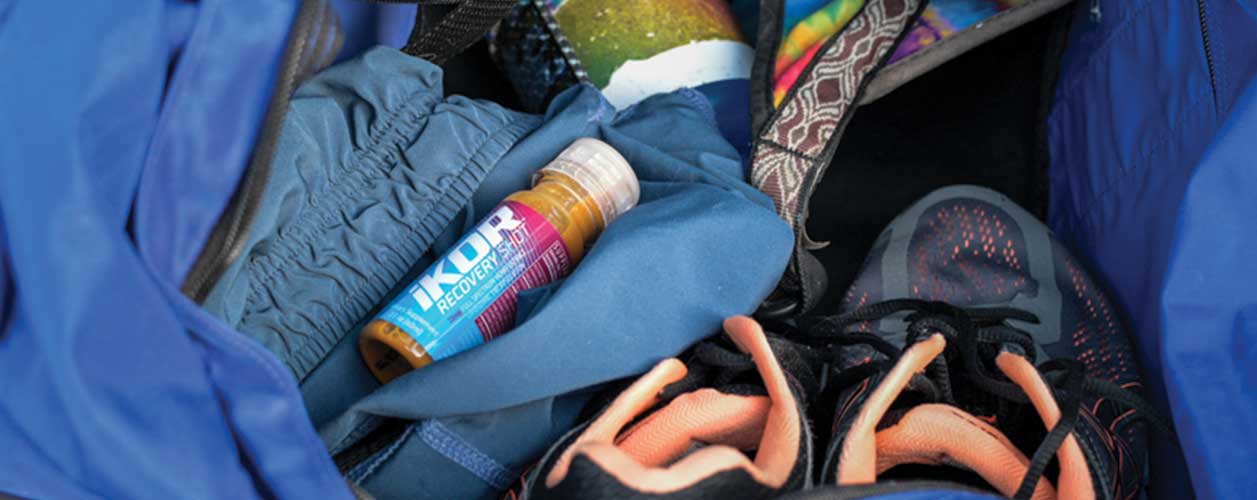
Huh. I’ve never heard of not scraping and brushing. Granted, I’m just a recreational skier learning from YouTube videos.